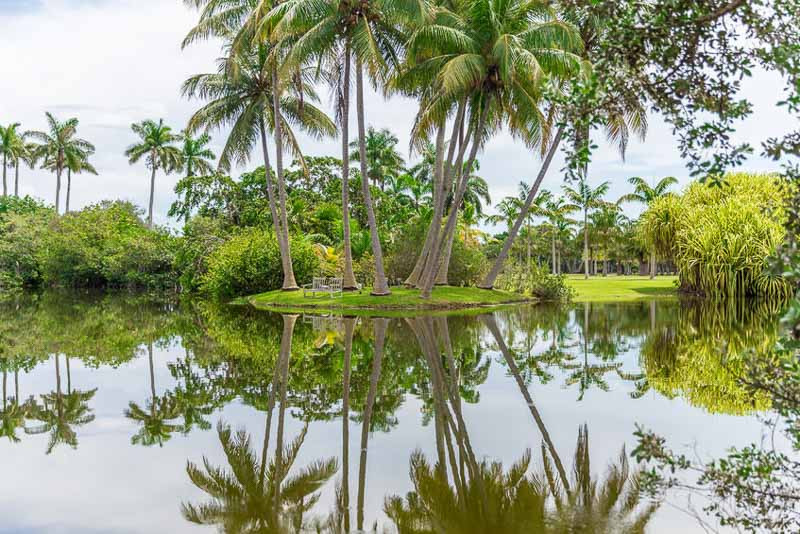Florida Native Plants
Florida, renowned for its diverse ecosystems ranging from coastal dunes to freshwater wetlands, hosts an array of native plants uniquely adapted to these environments.
- In the coastal areas, Sea Oats (Uniola paniculata) stabilize dunes while the striking Beach Sunflower (Helianthus debilis) adds a vibrant touch. The Red Mangrove (Rhizophora mangle) thrives in saltwater environments, protecting shorelines from erosion.
- The state’s abundant wetlands host plants like the Bald Cypress (Taxodium distichum), known for its water tolerance, and the Swamp Lily (Crinum americanum), which flourishes in wet, shady spots. The carnivorous Venus Flytrap (Dionaea muscipula) is also native to some of Florida’s wetlands.
- Florida’s upland regions are home to diverse plants such as the Sabal Palm (Sabal palmetto), Florida’s state tree, and the Southern Magnolia (Magnolia grandiflora) with its large, fragrant blooms. Wildflowers like the Blanket Flower (Gaillardia pulchella) and Black-Eyed Susan (Rudbeckia hirta) add color to these landscapes.
These native plants play a crucial role in Florida’s ecosystems, offering food and habitat for wildlife, maintaining soil health, and withstanding the state’s varied climate conditions. Incorporating these species into your landscape supports Florida’s unique biodiversity, conserves water, and ensures a resilient garden attuned to the local environment. Additionally, using native plants can often lead to less maintenance, as they’re naturally suited to thrive in the local conditions.

